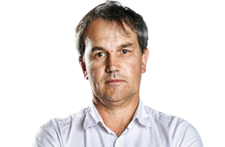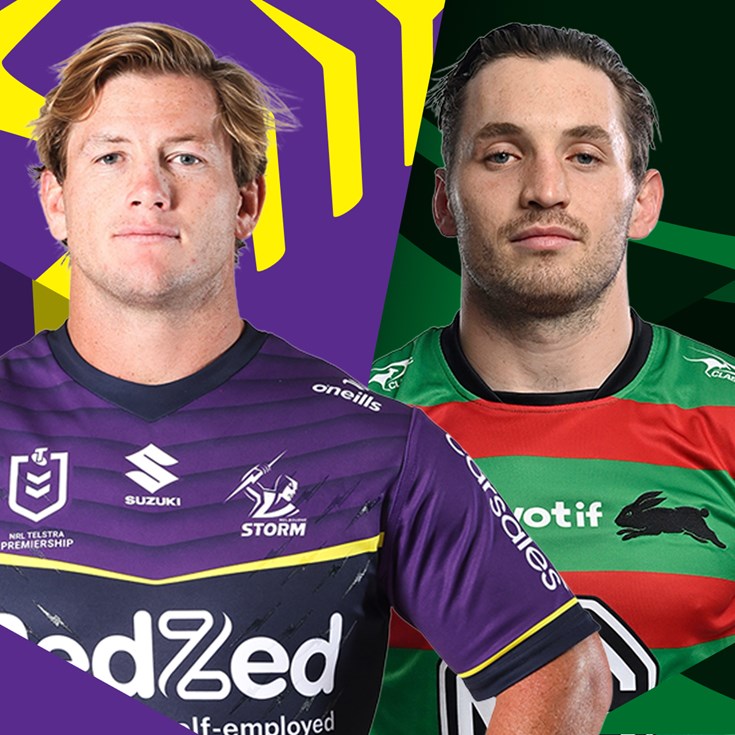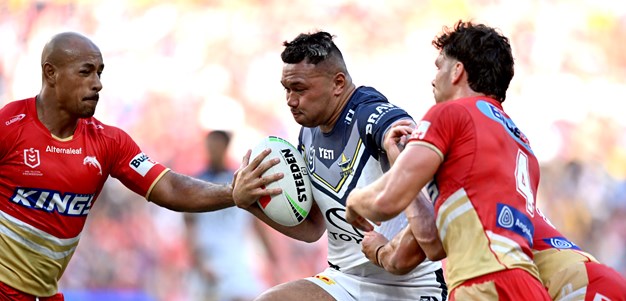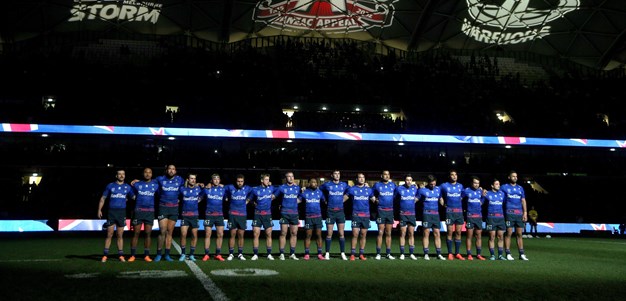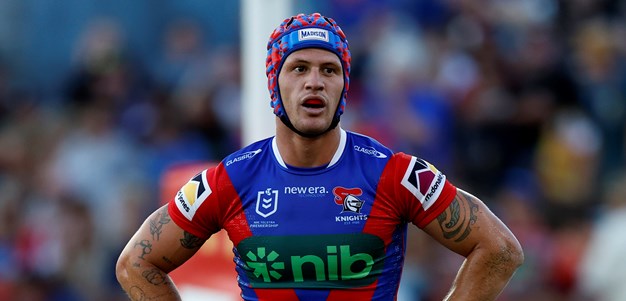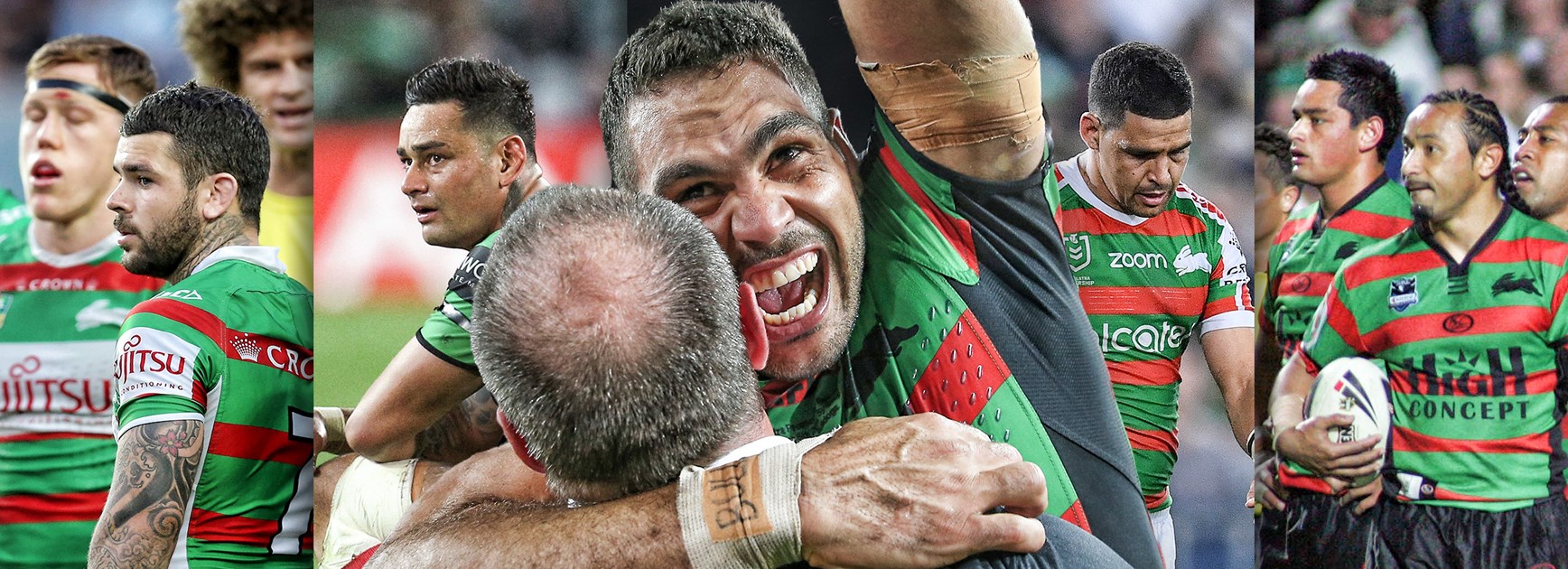
"We believe that if we are consistently in the top four, a premiership will come. It has been a long time and our kids need another round of success."
South Sydney chairman Nick Pappas made that call on the eve of the 2012 play-offs, which was just the second finals series featuring the game's oldest and most successful club since 1989.
As the Rabbitohs prepare for their seventh preliminary finals appearance in the 10 seasons since Pappas' prediction, the club now has a large and passionate supporter base which has grown accustomed to success.
Yet those involved when Souths were kicked out in 1999 and had to fight for two years to win re-instatement will never forget the struggles the club had to endure.
Russell Crowe took control of the club in 2006 with Peter Holmes a Court, who later sold his stake to James Packer, but it wasn't until 2014 that Souths finally ended their 43-year premiership drought.
In the 20th season since the club's return to the NRL in 2002, Pappas is hoping that Wayne Bennett can guide the Rabbitohs to victory in their fourth consecutive grand final qualifier and then deliver a 22nd premiership.
"We are happy with what we have achieved but you can't become complacent because the floor can fall out very quickly, and success is sometimes as hard to manage as failure," Pappas told NRL.com.
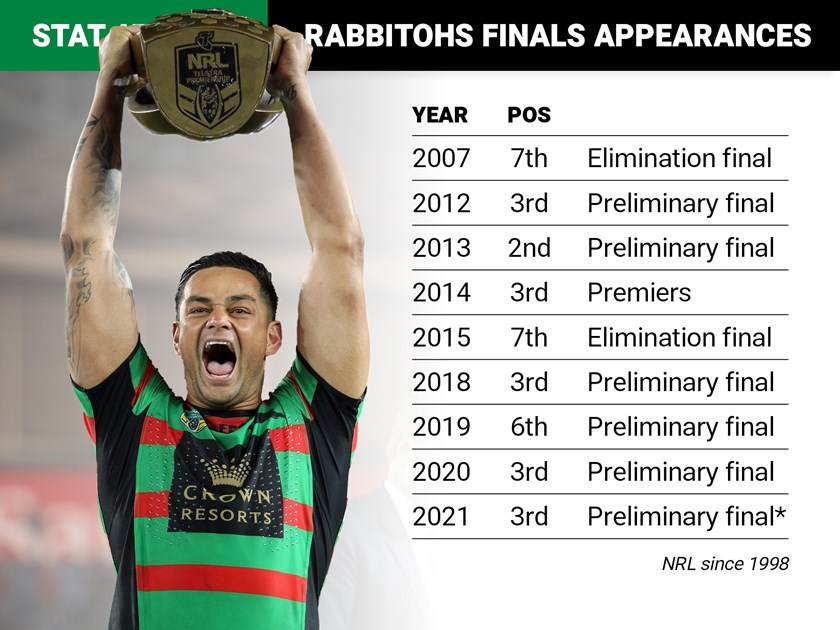
Unlike the Storm with Craig Bellamy or the Roosters with Trent Robinson, a number of coaches - Michael Maguire (2012-2017), Anthony Seibold (2018) and Bennett (2019-2021) - have overseen their recent period of success.
The Rabbitohs also have more than 30,000 members and are on track to reach the 35,000 target outlined by Pappas in a 2012 interview with this columnist, particularly if they win the grand final.
So how did a club considered by many to be a basket case for most of the 1980s, 1990s and early 2000s as they battled to avoid extinction become one of the powerhouses - on-and-off the field - of the NRL?
According to Pappas, former long-serving CEO Shane Richardson and Head of Football Mark Ellison, who has been involved with Souths as a player, coach or administrator since 1984, some of the key ingredients include:
- Succession planning - management, coaches and players;
- Strategic recruitment – eg: Roy Asotasi, Sam Burgess, Jai Arrow;
- A strong junior base – eg: John Sutton, Adam Reynolds, Cameron Murray;
- Facilities – upgrade of Redfern Oval to the new high-performance centre at Heffron Park;
- History - maintaining a connection with the club's proud past and former greats, and;
- Financial management – South are one of the few clubs to regularly return a profit.
"It is all those building blocks that are needed together and I think some clubs, including ours in the past, focused solely on football success and they sometimes lose their soul in doing that or they become complacent in the back office by putting all of their energy towards football results," Pappas said.
"They spend hours in board meetings talking about players and while that is part of the club it is not all of the club. You have got to have your commercial operations humming nicely so that you are ready for when that football success comes, rather than the other way around.
Looking back at the 2014 grand final
"The top four feeds into the football result but it also feeds into the commercial result and that was a target set by our board for the football department to aspire to every year."
Winning also makes it easier to attract quality players and whereas once Souths struggled to retain – let alone recruit – talent, Ellison now has agents beating down his door on behalf of clients who believe they can achieve premiership success at Redfern.
"Getting the best coaches, the best administrators and the best players is what gets you this result and I am finding that there are more managers coming to me now than I have had before because of the consistent success that the club has had," Ellison said.
Formula for success
Richardson joined Souths as CEO in 2004 - the same year as Ellison, who Pappas convinced to take on the under 20s coaching role during a reunion for the 1989 team, which won the minor premiership and played in the club's last finals series before 2007.
After the 2014 premiership, Richardson departed and former Super League CEO Blake Solly was recruited from England to take charge of the front office.
The Rabbitohs have adopted a similar succession planning strategy for their playing and coaching staff.
"There is no doubt that the club has got a sustained formula to try and be competitive every year, it doesn't matter who the coach is," said Richardson, who returned in 2016 as GM of football before handing over the role to Ellison when COVID-19 forced the NRL to shut down for 10 weeks last year.
"We tried to set up a quality coaching system so that when a coach came in or a coach left everything didn't just change, and we built up a playing roster that was sustainable over a long period."
Seibold was an assistant to Maguire before taking over in 2017 and Jason Demetriou was hired as Bennett's assistant in 2019 as part of a long-term plan for him to replace the seven times premiership winning mentor next season.
The playing roster has also been regularly updated, with Damien Cook and Cody Walker taking over from Issac Luke and Luke Keary, who in turn had replaced Nathan Peats and Chris Sandow.
"When Wayne came in, he didn't really change the roster too much," Richardson said. "What he has done is make the roster better."
Local boys made good
The Rabbitohs have always enjoyed a strong connection with their junior base and the likes of Craig Wing, John Sutton, Adam Reynolds and Jason Clark grew up dreaming of playing for Souths.
Cameron Murray, Campbell Graham, Alex Johnston and Keaon Koloamatangi are the next group of Rabbitohs juniors to become stars for their local club, and another crop is now emerging, with Blake Taaffe, Lachlan Ilias and Peter Mamouzelos making their NRL debuts this season.
"Everyone knows about us being thrown out of the competition and it took us a while to establish ourselves again but once we started getting a bit of success the kids see it," Ellison said.
Tough Taaffe: Bunnies inspired by new no.1
"They aspire to play for South Sydney, and it is quite a powerful thing for our organisation. Whenever Souths have been successful there has always been a crop of players who have come through our junior system.
"Even when you consider the limited numbers we have compared to other clubs we are getting quality rather than quantity and it is a credit to South Sydney Juniors. We have got a great partnership with them.
"We are always looking to the future to keep the success going and you have to have systems in place."
The Rabbitohs supplement their junior talent and players who have been identified by the club before becoming stars, like five-eighth Cody Walker and hooker Damien Cook, with strategic signings.
The recruitment of Roy Asotasi, David Kidwell and Nigel Vagana gave Souths credibility and Sam Burgess was lured from England in 2010, followed by his brothers Tom and George, while Greg Inglis joined in 2011.
When Inglis quit the NRL in 2019, the Rabbitohs snared Latrell Mitchell as his replacement and Jai Arrow was targeted to replace Burgess after he was forced into retirement later that season.
"We have been pretty astute, we have recruited a lot of players who will play on the weekend against Manly that weren't really wanted by other clubs, like Junior Tatola and Jaxson Paulo," Richardson said.
Episode 30 - Final four set for prelim final showdowns
Creating their own history
Off the field, work is underway on the construction of a high-performance centre for the Rabbitohs at Heffron Park.
Once it is completed in 2023, Souths will move from Redfern Oval, which was developed into a state-of-the-art training facility by Sydney Council for the club, who had previously training at the picturesque but antiquated Erskineville Oval.
The modern facilities are an attraction for players, who learn the history of the famous club through the involvement of former greats to present jerseys when they debut or who have awards named in their honour.
Past achievements of the 1908 foundation club are celebrated with photos and plaques on the walls of their training facility at Redfern Oval, where the current group of players usually prepare to create their own history.
The recent success has attracted new fans and the club's membership is one of the biggest in the NRL or of any Sydney-based sporting team.
Match Highlights: Panthers v Rabbitohs
"We are within three kilometres of the Roosters, the Swans, the Waratahs and Sydney FC so there is no-one who faces more competition than Souths and we were the fifth club in the past but now we have the same number of members as the Swans," Richardson said.
Without their own licenced club, the Rabbitohs have had to seek out other revenue sources and Pappas said the members, who hold a 25 per stake in the club, were vital to its ongoing financial success.
"That success is due to a number of people over the years, obviously our investors, but also our hardworking board members, who are often forgotten, and the members, who collectively make a $5 million investment in the club every year," Pappas said.
"The members are our biggest investor and the ones we do it for at the end of the day. They are a pillar that underpins everything we do.
"I think we saw that from our members this year; even in the take-up of the offers for refunds the overwhelming majority of our members didn't want one this year in circumstances where they could have had one.
"They understand that it is not a seed for membership, it is an investment in the club, which is why collectively they are by far our biggest investor."
The views in this article do not necessarily express the opinions of the NRL, ARLC, NRL clubs or state associations.
